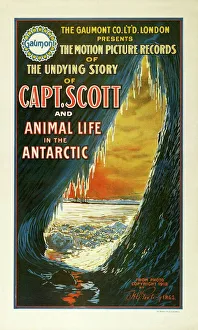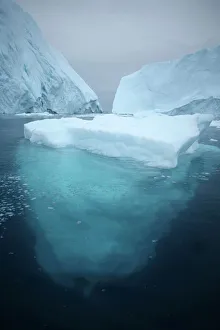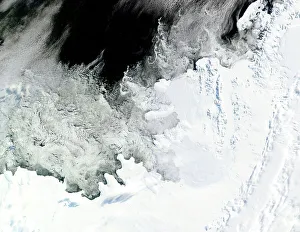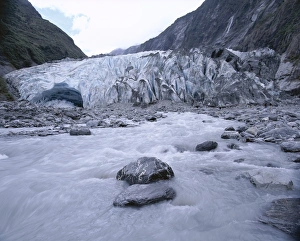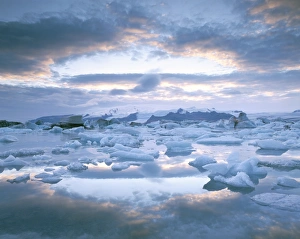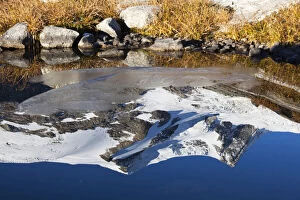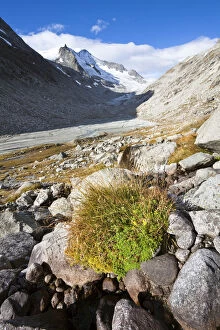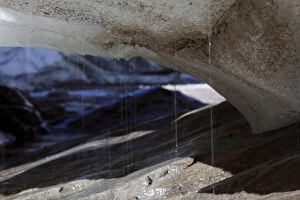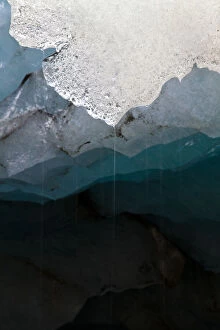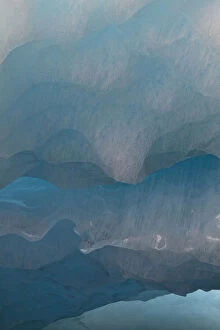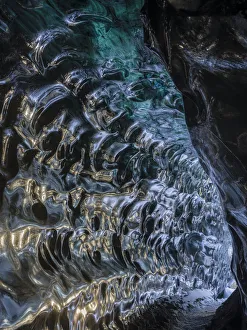Glaciology Collection
"Exploring the Frozen Frontier: A Journey into Glaciology" Step back in time with the Captain Scott film poster from 1913
All Professionally Made to Order for Quick Shipping
"Exploring the Frozen Frontier: A Journey into Glaciology" Step back in time with the Captain Scott film poster from 1913, a captivating glimpse into the early days of glaciological research. This vintage artifact takes us on a visual expedition, reminding us of the pioneers who ventured into icy realms to unravel nature's mysteries. Behold the majestic iceberg, an awe-inspiring creation that epitomizes the power and beauty of glacial forces. Its towering presence serves as a reminder of Earth's ancient past and its ever-changing landscapes. Traveling to Antarctica, we encounter the Wilkins Ice Shelf—a vast expanse of ice that stretches as far as our eyes can see. Here, scientists delve deep into their studies, examining every crevice and crack to understand how these frozen giants shape our planet. Witnessing meltwater cascading through glacial rock terrain at a glacier terminus is like witnessing nature's own symphony. The harmonious blend of water and stone tells tales of constant transformation and adaptation within this fragile ecosystem. Venturing further into this icy wonderland brings us to Jokulsarlon glacial lagoon—an ethereal paradise where icebergs dance upon crystal-clear waters. Researchers meticulously document each movement and change in order to comprehend climate patterns that impact not only local ecosystems but also global weather systems. Delving deeper into scientific archives reveals codes such as DDE-90028884 or DDE-90028883—cryptic symbols representing years' worth of data collected by dedicated glaciologists worldwide. These numbers hold secrets waiting to be unlocked; they are keys leading us closer to understanding Earth's complex cryosphere dynamics. As we explore even more numerical enigmas like DDE-90028882 or DDE-90028881, we begin piecing together puzzles hidden within glaciers' frozen depths. Each digit represents countless hours spent analyzing ice cores or monitoring changes in glacial mass, contributing to our knowledge of climate change and its consequences.

